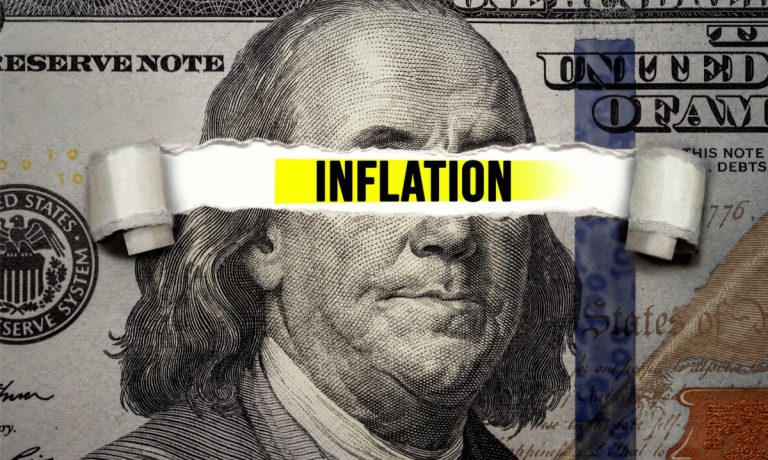
The COVID-19 pandemic continues to impact U.S. consumers as the cost of nearly everything has increased dramatically over the last 12 months. In all, the annual inflation rate in the U.S. skyrocketed to 6.2% in October, according to the U.S. Bureau of Labor Statistics. That increase has been the highest since November of 1990, according to the governmental agency.
According to Trading Economics, inflation has topped the projected increase of 5.8%.
Gasoline charted the largest gain at 49.6%, while other energy costs rose 30%, compared to 24.8% in September.
Food costs increased from 4.6% to 5.3% — the most significant hike since January 2009. Increases were also seen for shelter, new and used vehicle purchases, transportation services, clothing and medical care services.
Overall costs grew from 0.4% in September to 0.9% in October, according to Trading Economics. September also saw household incomes decline by 1% as stimulus funds and enhanced unemployment compensation dried up, according to PYMNTS.
The personal consumption expenditures (PCE) index increased by 0.3% in September as it had in August, according to PYMNTS. The PCE is the inflation marker that the Federal Reserve watches.
See also: Rising Inflation, Higher Prices Push Spending Up As Incomes Fall
The uptick in prices is fueled in large part by supply chain obstructions and overall shortages on goods, according to PYMNTS.
Meanwhile, as consumers continue to pay more, the U.S. is still working to recoup the 22.4 million jobs lost from the start of the pandemic in March 2020, according to PYMNTS. To date, 81% of those jobs have been recovered.
The bright spot to the inflation surge is that average hourly wages increased close to 5%, as compared to October 2020, according to PYMNTS. The rate increase is the highest since February.